limestone

After the 1871 Great Chicago Fire, many homes made of wood were destroyed. When it came time to build new homes, laws were passed to prevent a similar disaster. Fireproof materials such as brick, marble, limestone, and terracotta tile became the preferred building materials since constructing buildings with wood was banned in the downtown area. Eight years after the fire, construction of the Nickerson House on Chicago’s near northside neighborhood began. The three-story, 24,000 square foot Italianate mansion was reported to be the largest and most extravagant private residence in Chicago at the time it was completed.
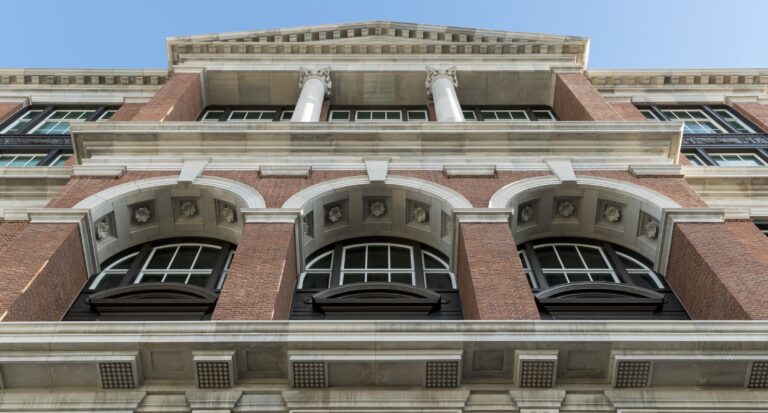
A former hospital complex originally built in 1894, the Old Parkland campus in Dallas, Texas, has seen its share of reclamation and renovation in the past decades. The most recent addition, Freedom Place at Old Parkland, echoes the campus’ existing Jeffersonian buildings in style and design. Designing and building a 140-foot, six-story structure that includes 8,310 pieces of limestone required massive planning and coordination — particularly because the original design plan was created for cast stone.

Julia Manglitz, AIA, LEED AP, APT RP, has worked on several building types throughout her career: county courthouses, state capitols and office buildings, university campus halls and community centers. What makes each of these public buildings unique is they’re all landmarks in their communities. Another thing each of them has in common? Almost all feature locally or regionally-sourced natural stone.
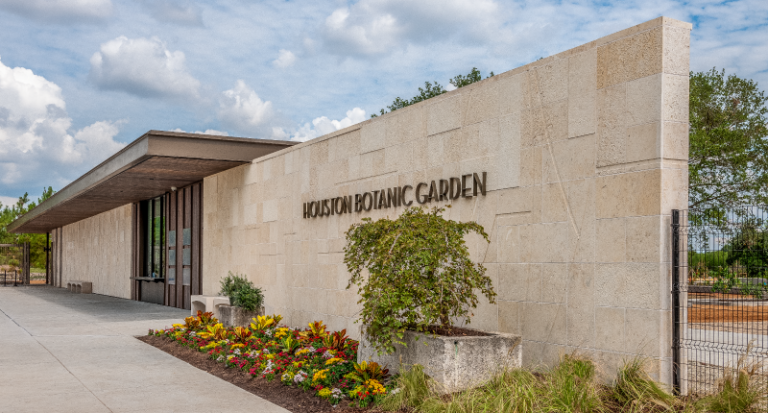
“Natural stone is such a noble material, and there’s a gravity to it that is immediately recognizable and universally appreciated by everyone,” says project director, Donna Bridgeman Rossi. “It’s not a subjective mix material, it is good in its own state that we value. You don’t have to modify it in any way to make it do what it needs to do.”

Knowing what to look for when sourcing natural stone is one of the reasons Enzo Giambattista, a natural stone consultant with Enmar Consulting in Ontario, Canada, was called upon to collaborate at the early design phase with Gehry Partners on the Dwight D. Eisenhower Memorial project in Washington, D.C.
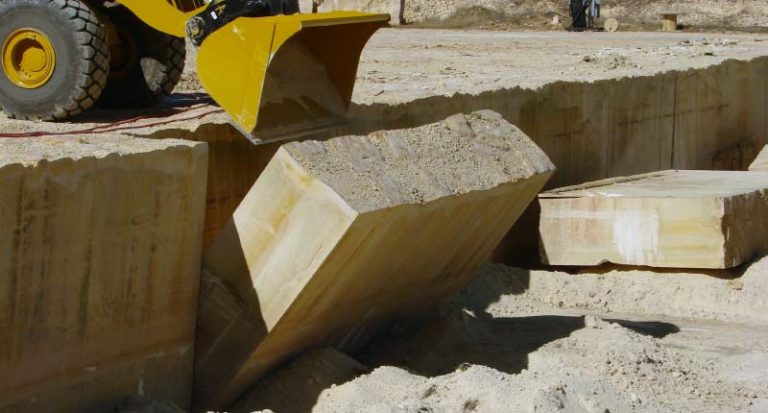
After being a stone dealer and fabricator for 12 years, Continental Cut Stone entered a new chapter as a quarrier. More than twenty years later, they’ve never looked back.
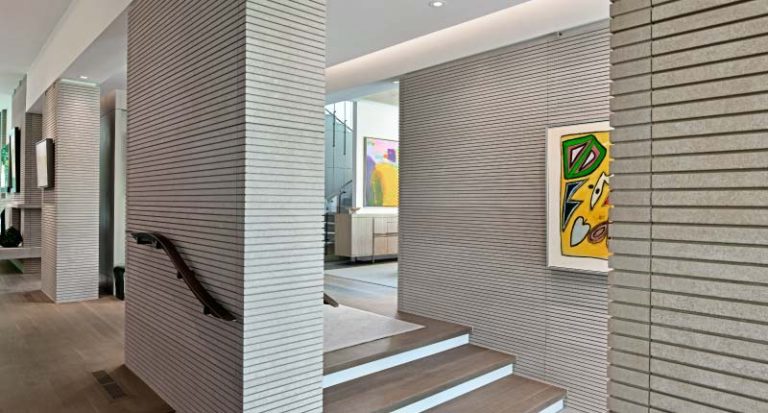
For the construction of a 7,400-square-foot home in Highland Park, Texas, a pair of homeowners opted for a modern architectural style using materials that would withstand the test of time. The home’s center is focused around the main entry, which features meticulously designed walls clad in Indiana limestone.

Thanks in part to labor laws, environmental laws, and unions, American quarries have gradually become less dangerous workplaces with better pay and benefits. The sense of appreciation and trust among the three managers is palpable, and it’s clear they feel a sense of satisfaction in their efforts to make the job better and safer for everyone.

TexaStone taps into 16 individual quarry pits to produce six different varieties of limestone. A 55,000 square-foot fabrication shop sits on the property, equipped with state-of-the art machinery.
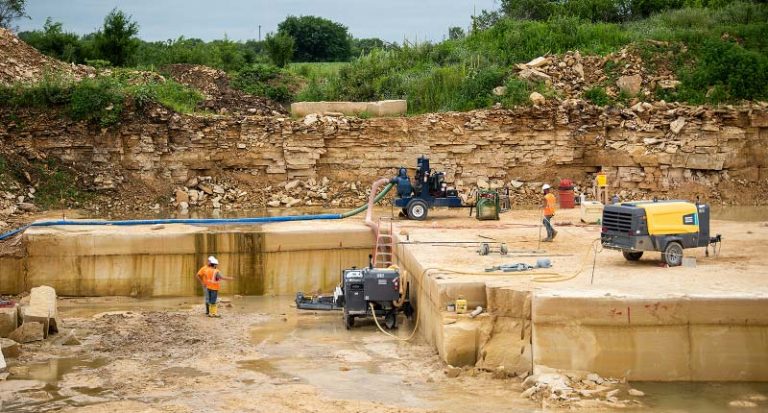
Throughout the evolution of this American limestone company, two things have always been in plentiful supply at Vetter Stone: stone and Vetters. And both are here to stay.

Given the significant extent of limestone spalling and deterioration of this landmark, a comprehensive rehabilitation program was prepared to restore the limestone as closely as possible to its original beauty and appearance,
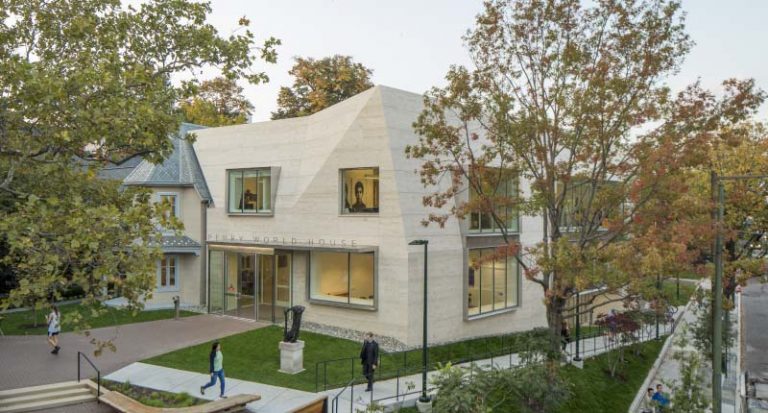
The 17,400 square foot academic building features limestone cladding inside and out. It received a Pinnacle Award in the Commercial Exterior category, “an amazing transformation of a declining historic house into a vibrant modern jewel of an office building.”

Minerals are the components of all natural stones. The color of every natural stone, whether it’s jet black, glittery silver, or a kaleidoscope of Technicolor – comes from the individual minerals. Read more in this handy guide to the ingredients of your favorite natural stone.

Next time you come face-to-face with a limestone slab in a showroom, pause and indulge yourself with a little mental time travel to the prehistoric, balmy ocean that created this stone.

Find out how your stone got its stripes. Much of Earth’s history is recorded in layer upon layer of sediment.
Limestone and travertine will etch when exposed to the acids and bases present in many cleaning products and common kitchen ingredients such as vinegar, bleach, citrus, and wine.

A case study featuring stone cladding in a hospital building.
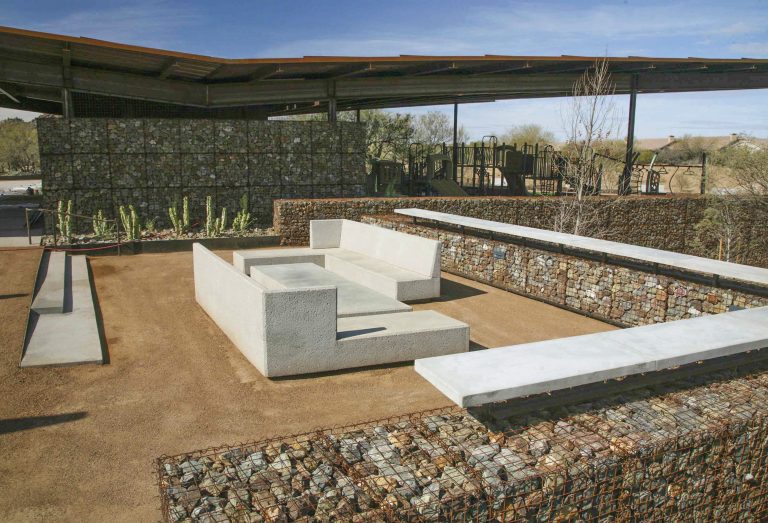
Native stone influenced the design of George “Doc” Cavalliere Park in Arizona.

